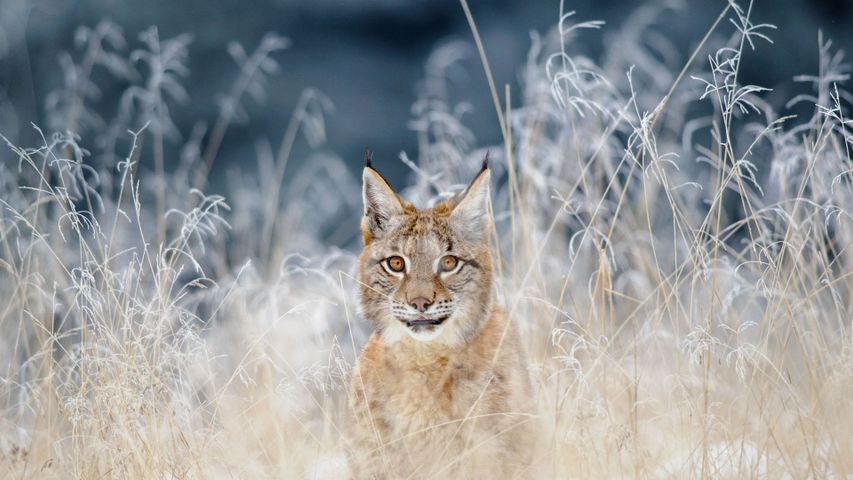Puma in Torres del Paine National Park, Patagonia, Chile
© Ingo Arndt/Minden Picture
Nimble and stealthy. Puma in Patagonia
Odds are this very focused puma has its eyes locked on a guanaco, a relative of the llama that's firmly at the top of its daily menu. In this case, dinner will be served in Torres del Paine National Park in the Patagonia region of Chile, the sprawling park recognized as one of the most famous places in the world to watch and photograph wild pumas. While many tourists prefer Patagonia's warmer seasons, puma enthusiasts head to Torres del Paine from May to August—what's known locally as the secret season, when trained guides take visitors on hikes or all-terrain vehicle tours to look for the stealthy pumas. The wild cats have been officially protected for the last few years, bolstering their population, and there are abundant guanacos in the Patagonian steppes, which also helps.
The puma (which is the same big cat you might call a mountain lion or cougar) is the fourth-largest cat in the world, following the lion, tiger, and jaguar. Pumas don't roar like their large cousins; instead, they purr like house cats. That might explain why people in Patagonia simply call pumas 'gatos' ('cats' in Spanish). With their characteristic slim build and impressive camouflage colouring, these canny hunters can live 10 years in their remote Patagonian home.
Related Images
Bing Today Images




 Vancouver Coastal Sea wolves in Great Bear Rainforest, British Columbia, Canada
Vancouver Coastal Sea wolves in Great Bear Rainforest, British Columbia, Canada
 Tiger siblings in Jim Corbett National Park, Uttarakhand, India
Tiger siblings in Jim Corbett National Park, Uttarakhand, India
 A young jaguar on a riverbank, Pantanal, Brazil
A young jaguar on a riverbank, Pantanal, Brazil
 Eurasian lynx in the snow
Eurasian lynx in the snow
 Caracal cubs
Caracal cubs
 Red squirrels in Cairngorms National Park, Highlands, Scotland
Red squirrels in Cairngorms National Park, Highlands, Scotland
 Clouded leopard
Clouded leopard
 Eurasian lynx in the Bohemian-Moravian Highlands of the Czech Republic
Eurasian lynx in the Bohemian-Moravian Highlands of the Czech Republic

